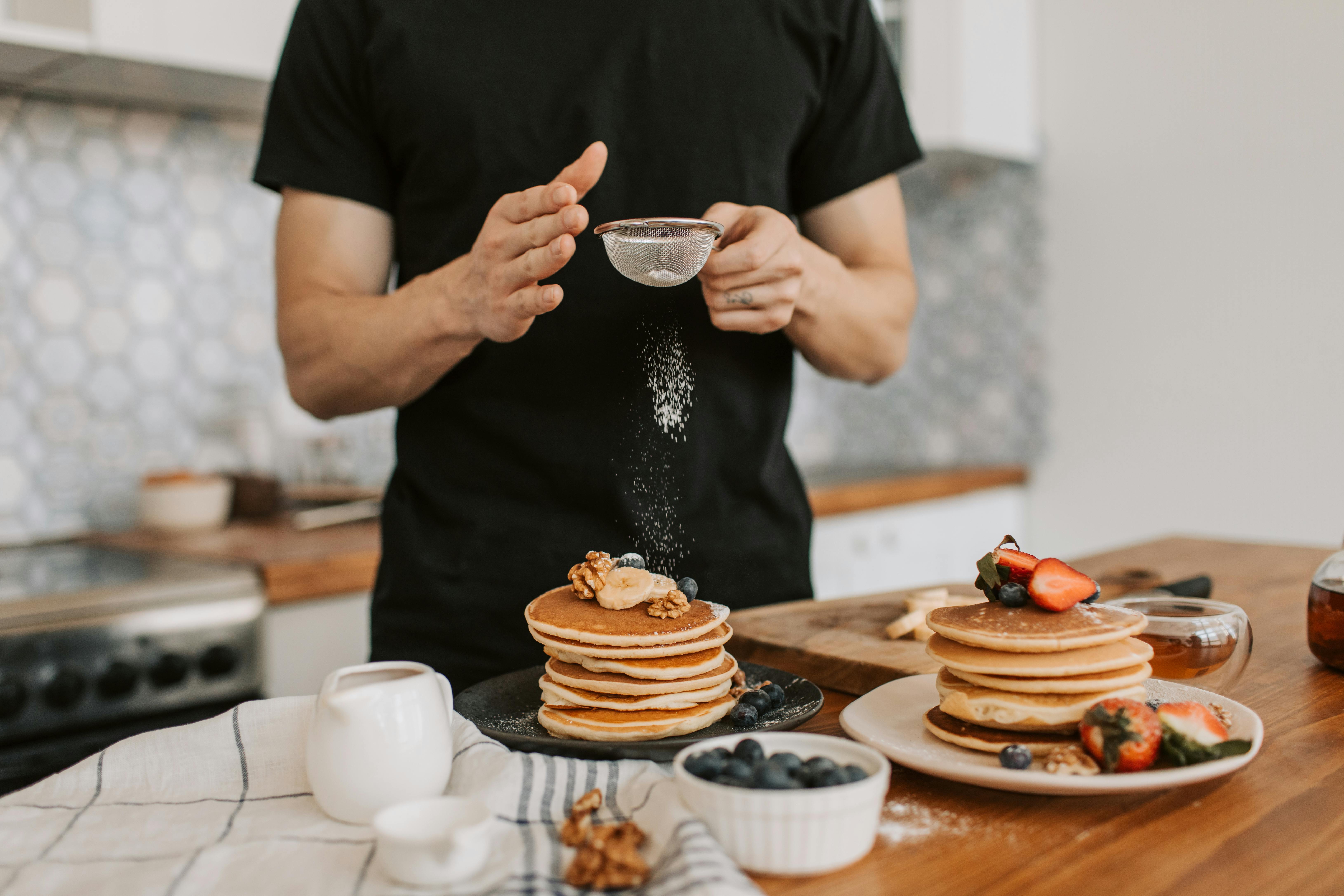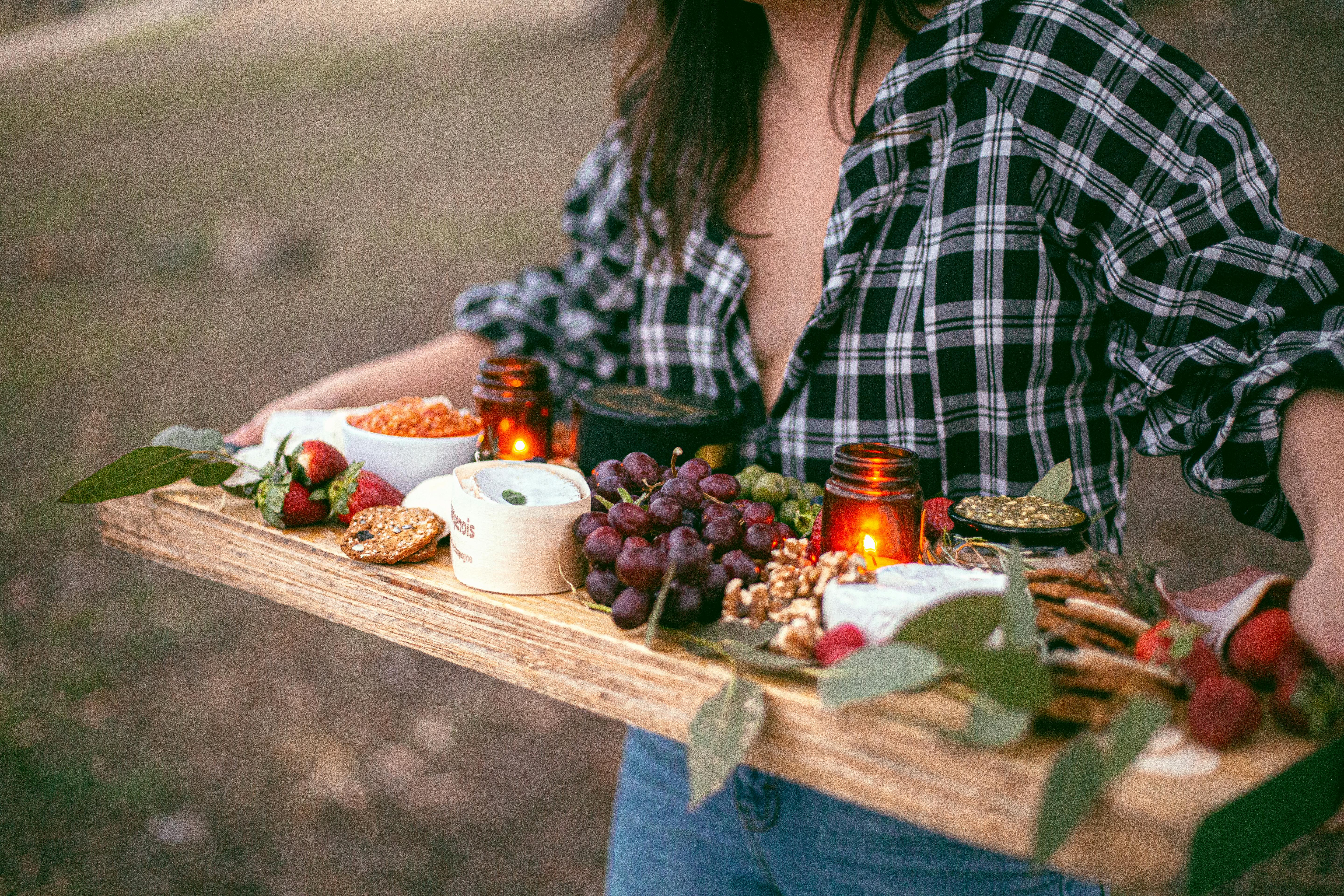Most food establishments, whether they are fast food outlets, fine dining restaurants, or commercial catering businesses, have a preference when it comes to the type and style of chef attire they require their employees to wear. Therefore, it is advisable to discuss with your employer, the chef or kitchen manager, your particular requirements before purchasing your uniform. There was a time when it was easy to tell the different chefs in a kitchen apart by their hats alone, the most senior chef would always have the tallest hat, and hat sizes would reduce in order of rank.
Many modern commercial kitchens have become more flexible with their chefs’ attire in recent years, the familiar “Touge Blanche” (French for White Top Hat) is now not necessarily required for all chefs everywhere.
Each piece of traditional chef attire has a specific purpose; Every detail, from design to fabric, is not just for show or aesthetics, but mainly for safety and hygiene.
Your checklist of what it takes
hats
- White hat It is the most popular and is designed to keep hair out of the face and secure, as well as allowing good airflow to keep you cool.
- skull cap It is ideal for short hair and reaches the ears
- The mob cap It is designed to cover your entire hairline and has an elastic opening to allow all of your hair to be tucked inside.
- a hair net some establishments and health authorities prefer that all employees wear hairnets as they ensure that their hair is under control
jackets
The traditional chef’s coat was always white to emphasize cleanliness, but many establishments have now chosen to break with tradition and use different colors such as black, dark blue, gray or colors that match the company’s brand. The pants are now also available in different colors and patterns instead of the traditional black and white check.
In a commercial kitchen, there are many dangers, from steam to gas flames to hot ovens. A chef coat is made from double thickness flame retardant cotton, the fabric is designed with safety in mind to protect your body.
handkerchief
A scarf or tie helps protect your skin from dripping perspiration, which can be a problem in hot kitchens.
Apron
A good quality apron is a must as it will provide extra protection and will also help keep your uniform clean. Most will have sturdy pockets to hold your most frequently used kitchen tools.
boss pants
When you know the color and style of chef pants to wear in your kitchen, choose ones that are loose and baggy to support your mobility and provide adequate ventilation.
Shoes
It is very important to have comfortable and durable footwear that protects your feet from possible spills that can be hot and sometimes heavy, as well as strong enough to provide protection against falling sharp objects. Shoes should support your feet, since you’ll likely be on your feet in the kitchen for 8-12 hours a day.
Knives and Equipment
It’s normal for chefs as professionals to have their own basic equipment, such as a variety of knives and sharpening equipment, as well as kitchen shears, straps, and carving forks.
When you see someone in a crisp, crisp chef’s uniform, it gives the impression that they are competent and serious about their career. All the necessary high-quality equipment is available through your local catering equipment supplier.


